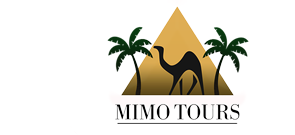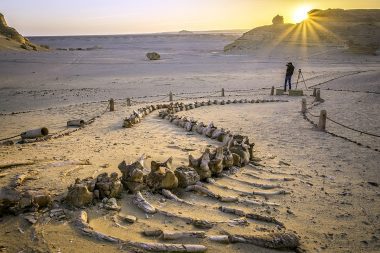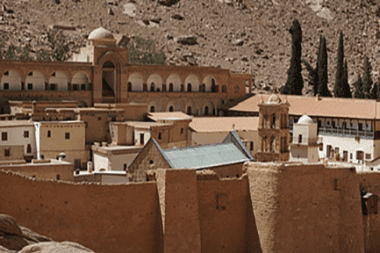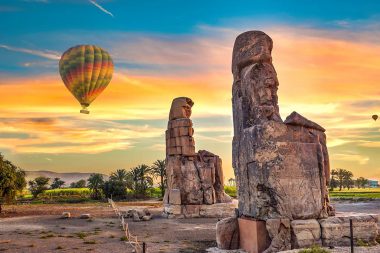Because the area was rich in salts, Wadi El-Natroun was once essential to the ancient Egyptians as a source of carbonated sodium, which was required for the mummification process. This is also where the Romans got silica for their glass, and later, during the British occupation, a train system was created to transport salt from the valley to Cairo.
In 330 CE, Christianity reached the area with St. Macarius the Great’s retreat, so Wadi El- Natroun is the actual birthplace for Christianity, with four out of the original 50 monasteries surviving into modern times.
Itinerary:
Our tour guide will pick you up around 7:00 am to begin our journey at Deir al-Baramus, the oldest (and in many ways, the most isolated) of the surviving four monasteries before moving on to Anba Makar. Anba Makar, also known as Anba Makaryus Monastery, was probably the first monastery in Wadi El-Natrun, with more than 100 monks and 600 workers in the large farm that spreads in front of it.
This monastery also contains the body of St. Deir Anba Bishoi, as well as several other saints.
Deir El-Suryani, the smallest and most compact of the four monasteries, is where we will end our journey




